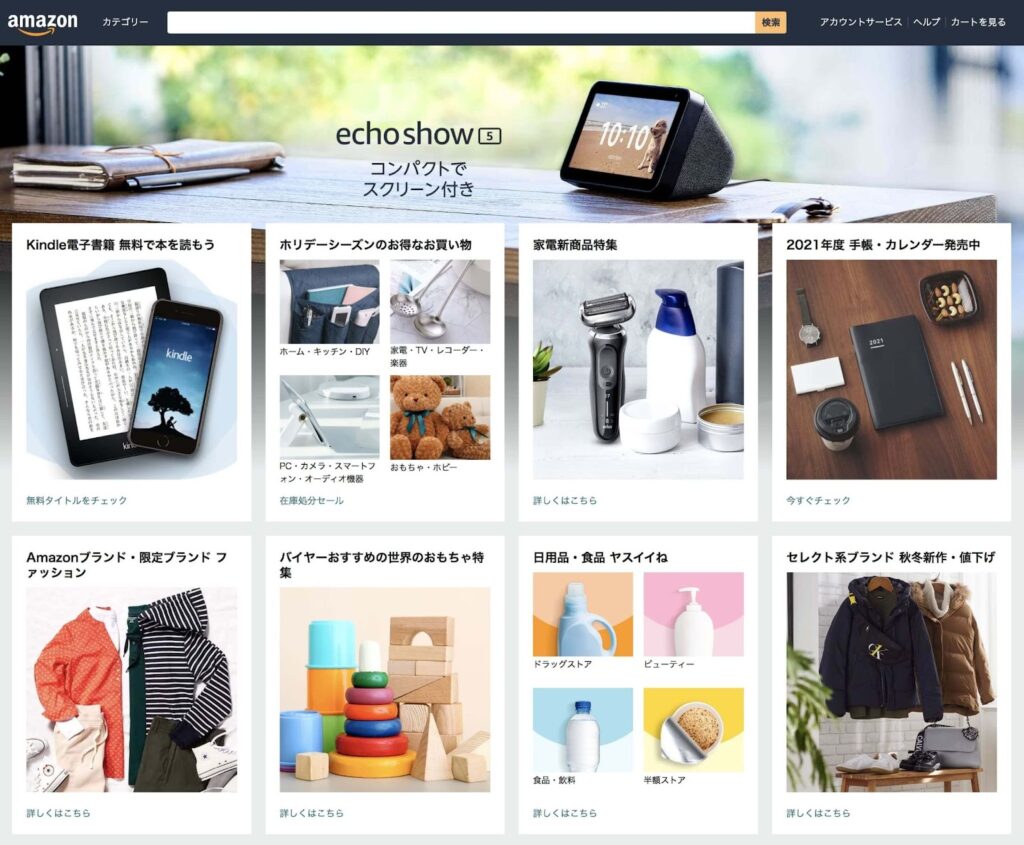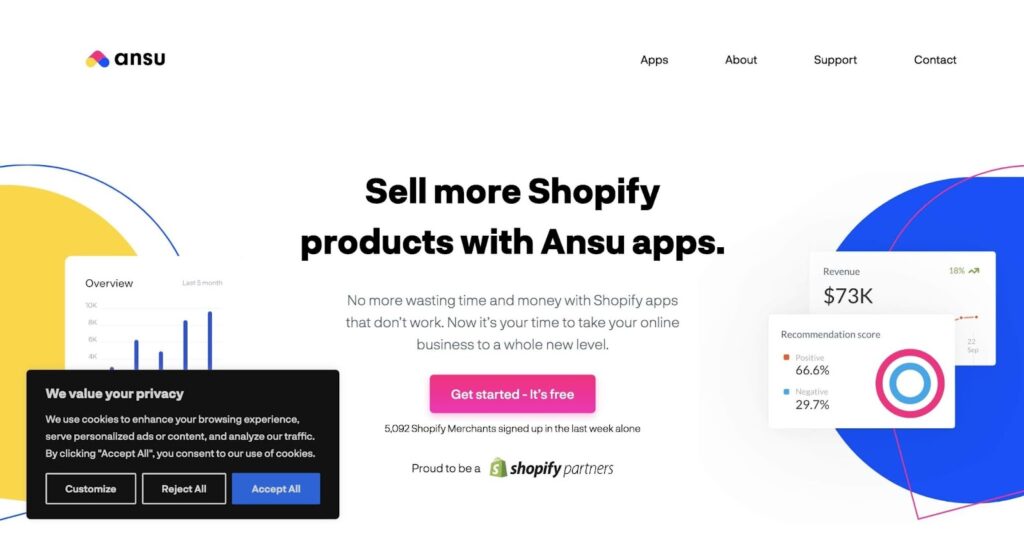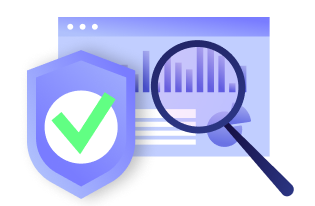How well is your homepage doing? Your homepage is the first thing your visitors see when they come to your site. It’s where they’ll decide if they want to stay and explore your content, or leave and never come back. Creating a home page is one of the first steps to complete in web design. This article takes you through the steps to follow to help you create a homepage that converts. Before we continue, let’s examine the role of the homepage in web design.
Role of homepage
Creating a website involves ensuring that you follow key variables to guarantee the success of your business within the online space. Remember that digging into your website layout and digital content can be overwhelming, and as such, it’s best for your visitors and makes things easier for them. The first impression they get when they visit your website is one of the most important things you should consider.
The main feature that sets a website apart and also helps in creating a good first impression is the homepage. It’s also a feature that will help you convert new customers. The homepage is the anchor that holds other parts of the website together.
There are many reasons why the homepage is one of the most important features of your website, and this includes the following:
Gets frequent visits
Your homepage is the central point of your website and the most frequently visited page. People usually find other pages using the search query of your website, but in most cases, they are likely to visit the homepage afterward. The homepage is the part where they would determine what type of products and services you offer and get a sense of what to expect on other pages, including your brand as a whole.
Forms first impression
Visitors form an initial impression of your website immediately after they arrive, and that impression is largely determined by the homepage. Statistics show that it takes most people 15 seconds to decide whether or not to stay on a website—so a compelling homepage is essential to success. Aesthetics and visual elements are key considerations when designing a winning homepage.
Introduces your business
Your homepage is a means of providing people with an overview of your company, including your goals and mission statement. When visitors scroll through your homepage, they get this overview.
Showcases your Brand
Another role of the homepage is that it helps in showcasing your brand. The approach you use in showcasing your brand is also important for your business, and it’s a dictating factor that influences customers’ views about your business. Your homepage is the main point where you can display your brand for the public to see.
There are many other roles that the homepages serve, but we have only provided this to get you an idea of what it entails.
A homepage is an integral part of any website, so creating one that converts is important. Here are some important steps to follow when creating a converting homepage:
Perfect your website’s launch with our downloadable pre-launch checklist!
Tips to create a homepage that converts (with examples)
The following tips and examples will help you create a homepage that performs well and bring in more conversions.
1. Speed optimization
To create an effective homepage, one of the best strategies to use is speed optimization. This strategy can help you create a converting homepage by ensuring your website loads fast. When implementing this strategy, it’s important to make sure every page on your website loads as fast as possible. The benefit of applying this strategy is that it helps reduce your bounce rate and increase your conversion rate. Creating an effective homepage also provides a better user experience for your customers.
Speed optimization is crucial when you create your website, and it’s one of the first things that you should ensure. In 2017, Google performed an analysis of mobile sites that measured metrics like conversion rate, bounce rate, and load speed. According to the analysis, most mobile sites are rather slow and don’t match user expectations. The longer it takes for a website to load, the higher its bounce rate will be—and this reduces conversion rates.
In another example, Vodafone analyzed its metrics, which included conversion rate, visitor-to-cart rate, and visitor rates in 2021. They found that Core Web Vitals optimization helped to leave a positive impact on visitors, with an 8% increase in sales after the implementation of CWV optimization.
2. Eye-Catching and responsive images
To make your homepage more appealing, include eye-catching and responsive images in your design. Responsive images, either photos or illustrations and vector graphics, allow you to deliver optimal file size and also use the right image for the right screen, which can improve loading time and the overall user experience of your visitor.
Responsiveness is all about ensuring a smooth flow and delivery of the content in your design. It is the ability to make a design look good across all devices and screen sizes. In addition to ensuring responsiveness, you also need to ensure that they are eye-catchy and visually stunning.
There are many ways to ensure the use of eye-catching images.
The first step is to ensure the right use of color. To do this, you must have a carefully chosen color palette that reflects your brand’s message. With advanced tools and services, the design world today is dynamic.
For example, Vana applies responsive images in a unique way, and these images are further enhanced with the application of colors that make them visually appealing.
3. Mobile-friendly layout
It is important to ensure that your website’s homepage is easy to read and use on a mobile device. Statistics show that most people access websites from their mobile devices, so if you want your business to grow, you should make sure your homepage is optimized for the average person using a mobile device.
In addition to boosting sales and conversion rates, users are more likely to trust a website they can easily access from their phones. This will also help with your SEO rankings.
Today, you will find that most websites are accessible across a range of devices. Humaaans’ website has a mobile-friendly interface that loads faster when viewed from a mobile device, and all the key elements are very responsive.
4. Clear, engaging content and navigation
To convert visitors into customers, your homepage needs to be more than a glorified header. You need to create a homepage with content that is engaging and informative, so people will want to read it. The goal is to inform your visitors and educate them about your company’s products and services.
No one wants to visit a website that lacks content. Here are some reasons why content is key when you create a converting homepage:
- Provides valuable information to readers
- Quality content is important to Google
- Enhances your marketing efforts
- Call to action drives sales
- Improves search visibility due to keyword ranking
When you put together engaging content for your website, navigation should be at the forefront of your mind. This helps you properly position all the elements on the homepage, including the content itself.
Nike’s website perfectly utilizes clear and engaging content and navigation. Hardly any page on the website is without engaging content. When you create a homepage, this is a key principle that you should apply.
5. Consistent Business Branding
Branding is another key point to note in web design when you create a converting homepage. It facilitates authenticity and maintains a consistent design on their website.
Here are some key things to know about branding that makes your homepage stand out:
- Branding is a perpetual process, and it never ends.
- It is a structured process, and this involves identifying, creating, and managing
- Branding should represent your business assets
- It’s key to building a solid reputation
The importance of branding today cannot be overemphasized. When you visit the most successful websites today, you’ll realize that they all employ this concept with ease. An example is Shopee, an e-commerce website that uses its color palette and logo strategically throughout the website.
People will easily identify your business brand when they visit your homepage—which is why branding is vital when creating a converting homepage.
6. Localization
Localization is equally vital when you create a converting homepage., especially if your business operates on a global scale. As your website starts to expand to different countries, you’ll need to include elements that are peculiar to those countries.
You can start by translating your content so that people can read them in their native languages. In addition to that, you can provide payment options that are peculiar to their regions, such as currency, tax, etc.
If you’re wondering how you can apply localization, we recommend checking websites like Amazon and Alibaba. Both websites are available on a global scale.
People can access these websites from different parts of the world because of how the two websites have localized their platforms.
7. Legal compliance
A homepage that meets all the other requirements but the legal standards can be dangerous to a company’s reputation. Since homepages are the first page people come across, any violation of the law appearing there will be more noticeable than any other page on the site, and privacy laws like GDPR are stringent about violations. To avoid this situation, it’s important that everything about a website be trustworthy as well.
Being transparent about how a company collects and uses personal data and collects consent for the same is an essential part of legal compliance.
Among these, cookie consent banners are commonly displayed on websites when people visit them. They let the user know about how the site uses cookies, as well as the user’s rights concerning these cookies. They also seek consent from the user for the activation of cookies.
Manage cookie consent and comply with major privacy laws
Comply with major privacy laws like GDPR & CPRA with CookieYes cookie consent manager.
Try for Free
*14-day free trial *Cancel anytime
Furthermore, you will also need to add links to your website’s Privacy Policy page, which will make it easier for users to check the privacy practices you enforce on your website. In addition, it will also give them a clear understanding of what you use their personal data for before using your website.
Ansu’s website uses CookieYes’ cookie banner to inform its visitors about the cookies it uses and to request consent for the same. The banner also gives users the right to reject the consent or customize their preferences.
The homepage is one of the most important aspects of your website. It’s the first part that people visit, and it helps direct them to different parts of the site. It provides an opportunity for your business to highlight what you do, who you are, and the type of services you provide. It’s worth noting that there are also many roles that the homepage serves in web design. Therefore, it is important that you get it right.
Author bio: Trang Hoang is a writer and product designer based in Japan. Her work inspires and empowers people to create designs that are not only SEO-friendly and strategy-driven but also human-centric and up-to-trend.
Disclaimer: This article is for general informational purposes only and should not be taken as legal or professional advice. The views and opinions expressed in this article are solely those of the author and do not necessarily reflect the views of our organization. We do not endorse any products or services mentioned in the article.
![How To Create a Homepage That Converts [With Examples]](https://www.cookielawinfo.com/wp-content/uploads/2022/10/Home-page-that-converts.png)












